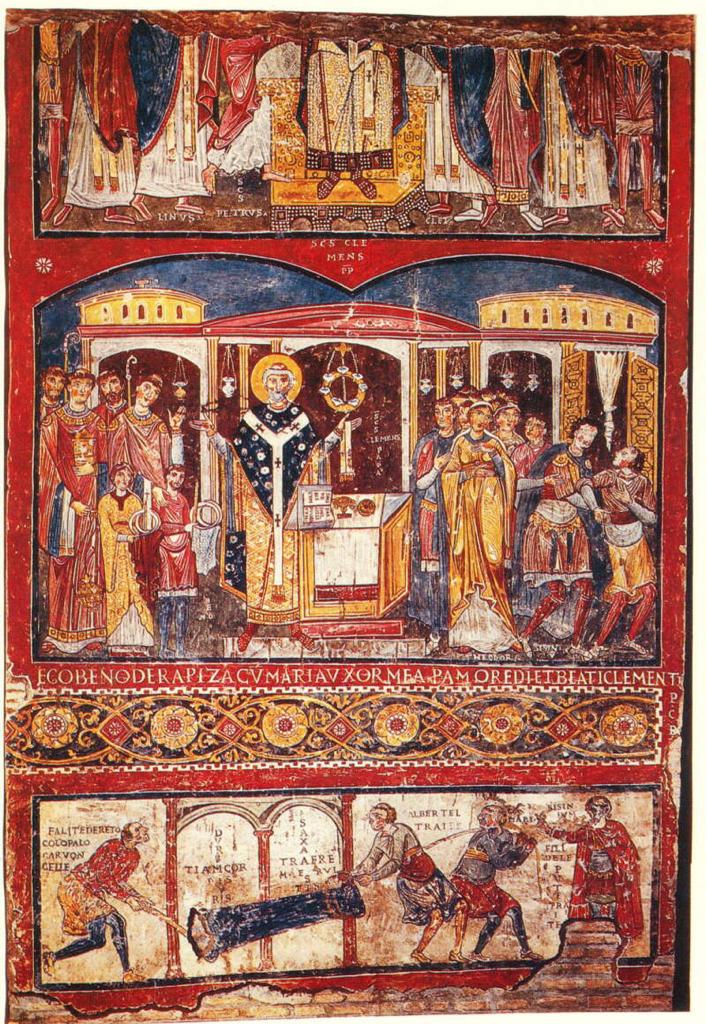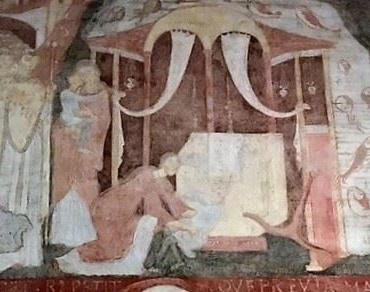
The Layers
La The basilica of Saint Clement, in the heart of the Celio neighbourhood, is certainly one of the most important buildings in terms of layers of history that has been passed down to us. The complex consists of three distinct levels that show us the development of the area starting from the first half of the 1st century AD until the present day level, a church that was constructed in the 12th century by Pope Pascal II.
The Underground Levels
We will start our visit on the oldest and perhaps most important level, consisting of two different sections: an insula (ancient Roman apartment block) and a structure considered to be the Imperial Mint. By understanding the walled structures we can immerse ourselves in the history and daily life of the people who lived in this neighbourhood in the 1st and 2nd centuries AD, including their religious life, which can be understood by the presence of a small Mithraeum (a religious space for the worship of the god Mithras). We will then proceed to the captivating second level, an extraordinary testament to the art of the 6th to 11th centuries AD which was abandoned and covered over following the sack of the Normans in 1084, the structure was then completely forgotten about until it’s surprise rediscovery in 1857. We will focus on the most interesting frescoes, discovering the story of Saint Clement himself told with vivid and colourful scenes known for their surprising narrative and irony. There is even an example in one of the frescoes of the transition in history from the use of Latin to ‘Vulgar Italian’, featuring perhaps the very first example of a curse word.
The Actual Basilica
Returning to the upper level we will finally visit the basilica itself, dedicated to Saint Clement, starting with the 12th century apse with it’s striking mosaic of the Tree of Life. After we have admired and understood the complex meanings of the mosaic we will go on to take a look at some of the more significant chapels of the basilica. Perhaps the most significant of these is the Chapel of Branda Castiglione where the collaboration of two artists can be seen: Masolino and Masaccio, the frescoes are considered to be the first example of 15th century art.

Don’t Forget
Last entrance of the underground levels is 30 minutes before closing time.
- It is required to dress appropriately for entry into a religious space (shoulders and knees must be covered)
- Opening hours weekdays and Saturdays: 09:00 – 12.30, 15:00 – 18:00
- Opening hours Sundays and holidays: 12:15 – 18:00
- Entrance ticket: €10
- Free Entrance: Children under 16yrs when accompanied by an adult. Students up to 26yrs
INFO TOUR
For more information or to register for our visits, please fill in the form below.
